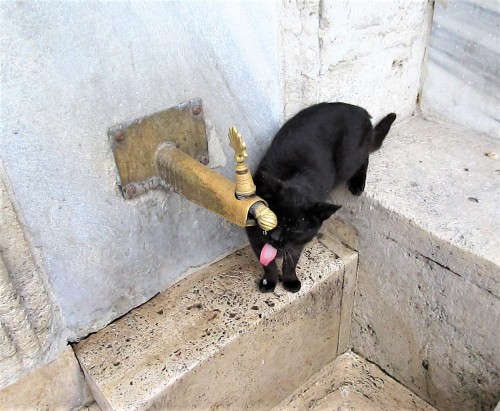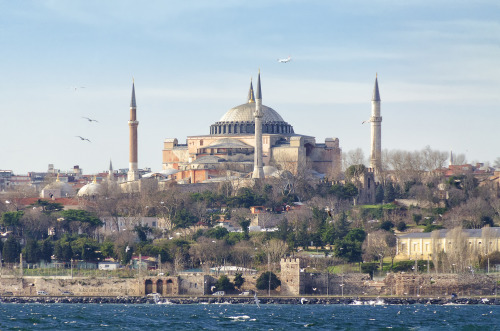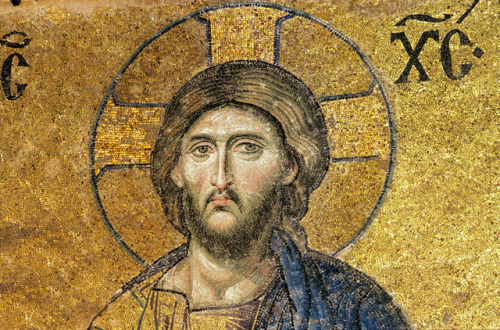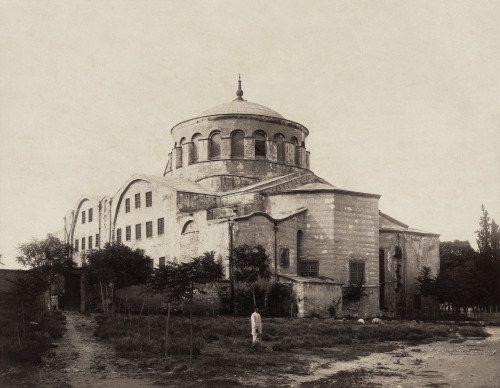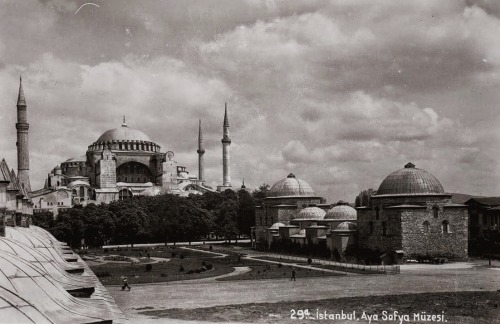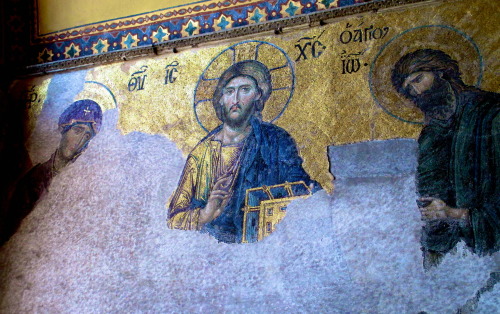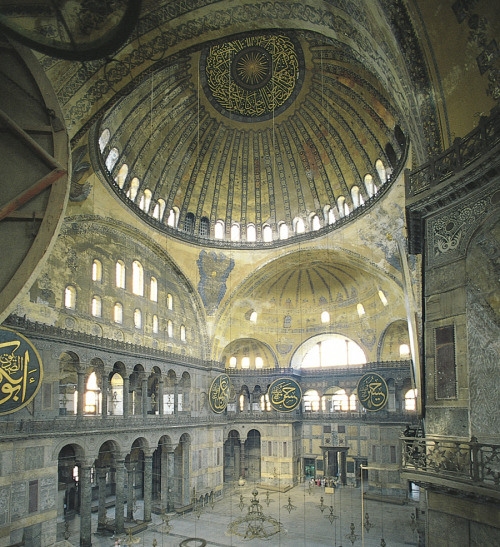#hagia sophia
Αγία Σοφία, Hagia Sophia, Ayasofya, from the greek for Holy Wisdom.
On this day, the bully of East Med has decided to prove to the rest of the world that monuments of this magnitude can be used as tools to push personal, hidden or other political agendas.
Whatever the reason, monuments like Hagia Sophia #deserve better
Post link
It is currently the month of Ramadan for Muslims, and during this time mosques play the call to prayer a bit louder than usual. I normally get woken up by it in the morning here in Abu Dhabi, and I don’t mind- it’s a nice reminder to take the time out of the day to say a little “thank you”.
One thing I’m very thankful for is all of the travel I’ve been able to do in the past few years. This June, while I was working in Egypt, I took weekend trips to around the Mediterranean and got the chance to see many amazing things. Something that stands out, both because of their breathtaking beauty, but also because of their ever presence in the region, is mosques. I’ve seen dozens and dozens in the past few months- but three stood out: The Blue Mosque and Hagia Sofia in Istanbul, Turkey, and the Hassan II Mosque in Casablanca, Morocco. I’m also including a photo (not mine- though the others are) of the Grand Mosque in Abu Dhabi, which I see all of the time, but never stops amazing me.






Hagia Sophia, Istanbul
The Christ Pantocrator, from the Deësis mosaic (circa 1261) - Hagia Sophia, Istanbul, Turkey
Post link
15th Century Constantinople, under the rule of Ottoman Empire. The last remainder of the once mighty Roman Empire.
Post link
The Haghia Eirene or Hagia Irene (Aya İrini Kilisesi) is a former Orthodox church and the first church built in Constantinople. It is also the only church that was not turned into a mosque after the Ottomans conquered Istanbul in 1453. The Haghia Eirene served as the church of the Patriarchate before the Hagia Sophia was completed in 537.
Post link
Haseki Hürrem Sultan Hammam is located between Hagia Sophia and the Blue Mosque. It was built on the order of Hürrem Sultan, the wife of Süleyman the Magnificent, by Architect Sinan in 1556 as a charitable work. The facade is composed in classical Ottoman style. The interior comprises double baths and is in total 75 meters long. Unusually the female and male baths were located on the same axis, and this is one of the first examples of such a layout in Turkish hammam architecture. The building functioned as a bath until 1910, after which it was closed for a period and then used as a warehouse. Restored in 1957-1958, the building was converted into a carpet store. Its final renovation begun in 2008 and the building opened as a bath house again in 2011.
Post link
1.1-1.8
A Trip to Turkey.

Airport

Bosporus Str.
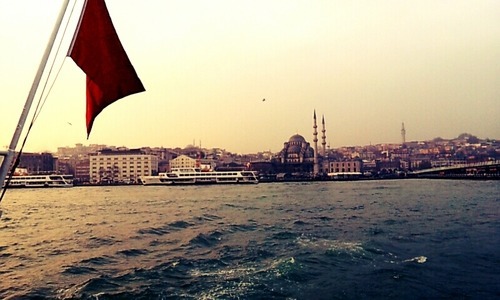
Dolmabahςe Saray

Hagia Sophia


Miniatur theme park


Grand Bazaar.
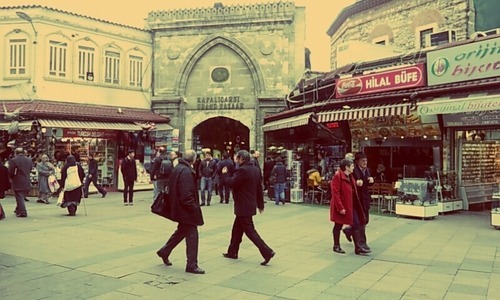
On a plane (Istanbul→Nevsehir)

Carpet store




Cappadocia



Near Uchisar

Kaleici


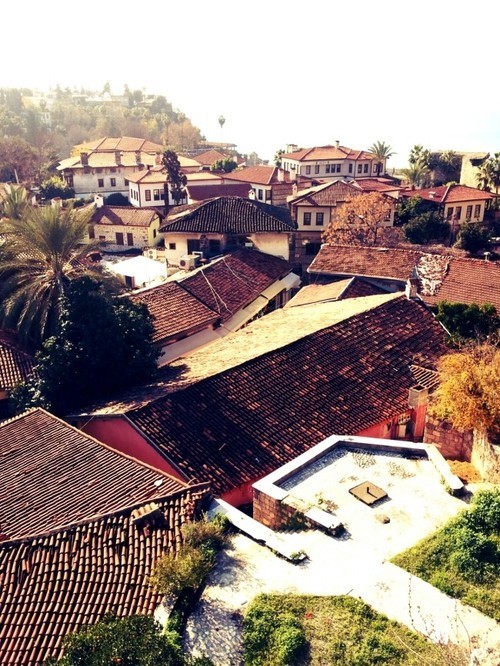

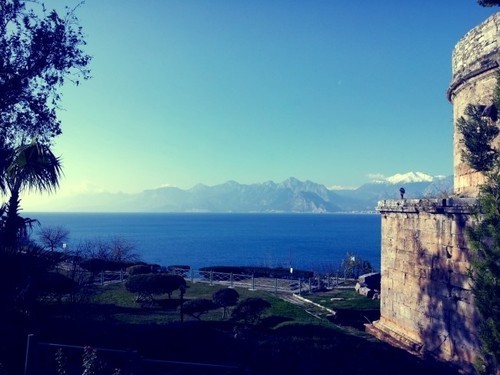
Antalya

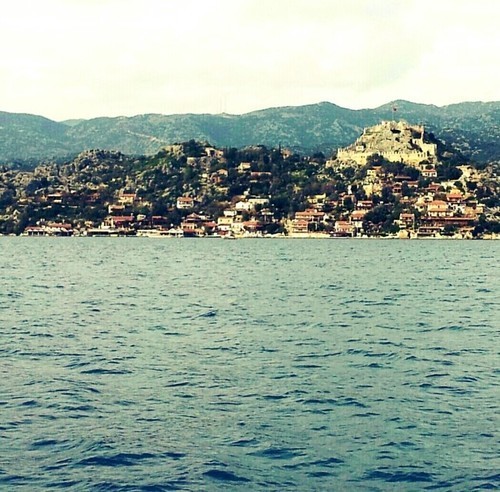
Kekova

While moving to Antalya~(not sure)
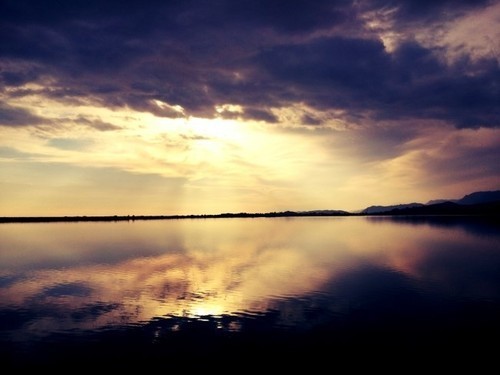

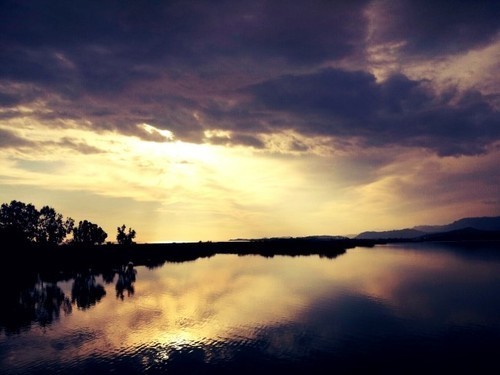
Pamukkale
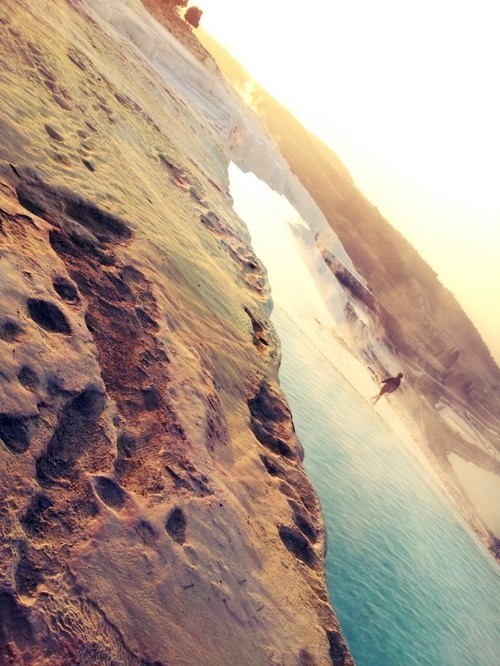
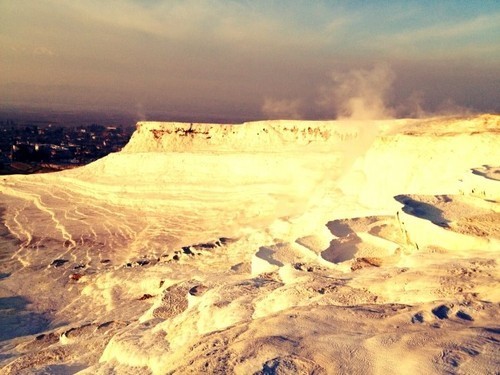
Ephesos



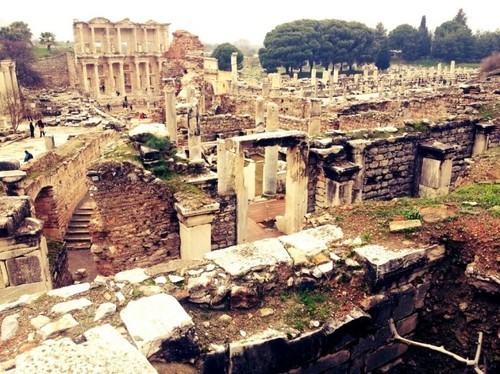

Sirince
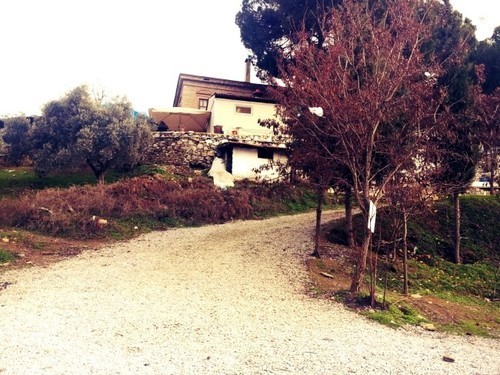
Sultan Ahmed Mosque(Blue Mosque)


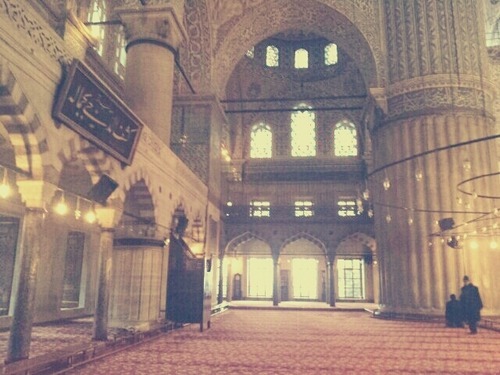
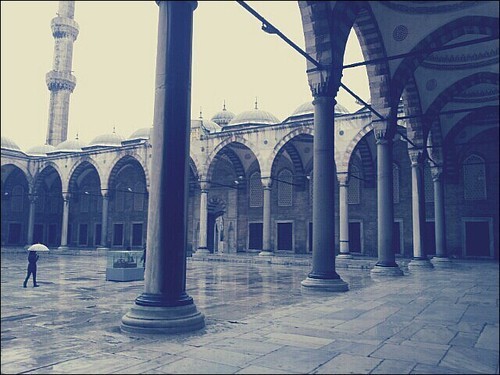

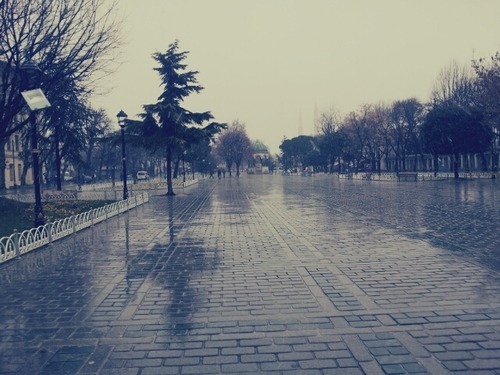
Night view of Blue Mosque

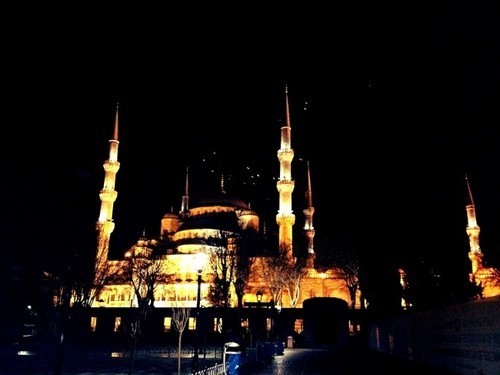

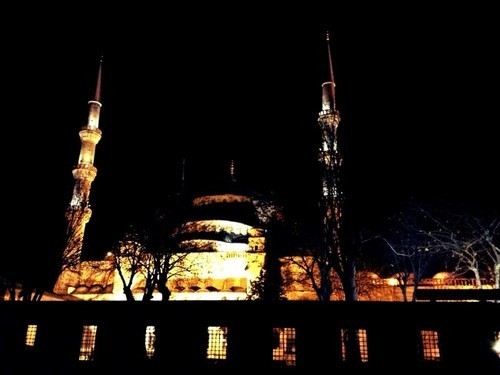
Night view of Istanbul

Cafe

Subway

Taksim Square
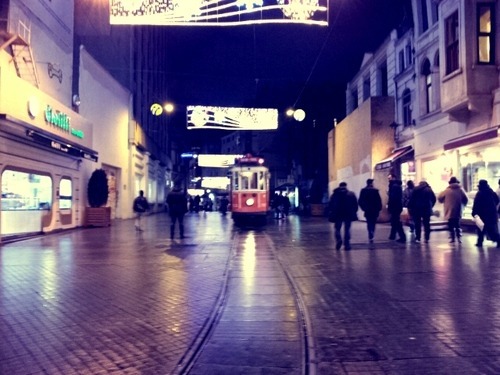
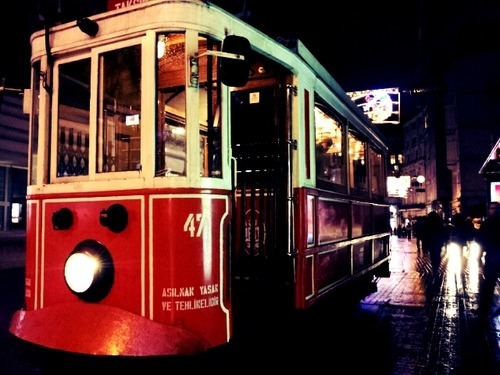

görsürsı (‘́⌣'̀

All of these pictures were taken by me (◡‿◡✿)
Virgin (Theotokos) and Child enthroned, apse mosaic, Hagia Sophia, Constantinople (Istanbul), Turkey, dedicated 867.
Post link
ANTHEMIUS OF TRALLES and ISIDORUS OF MILETUS, interior of Hagia Sophia (view facing southwest), Constantinople (Istanbul), Turkey, 532–537.
Post link
ANTHEMIUS OF TRALLES and ISIDORUS OF MILETUS, Hagia Sophia, Constantinople (Istanbul), Turkey, 532–537.
Post link
HAGIA SOPHIA II
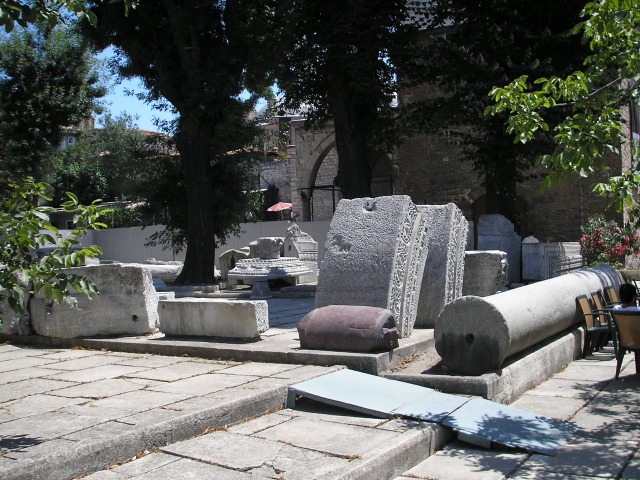



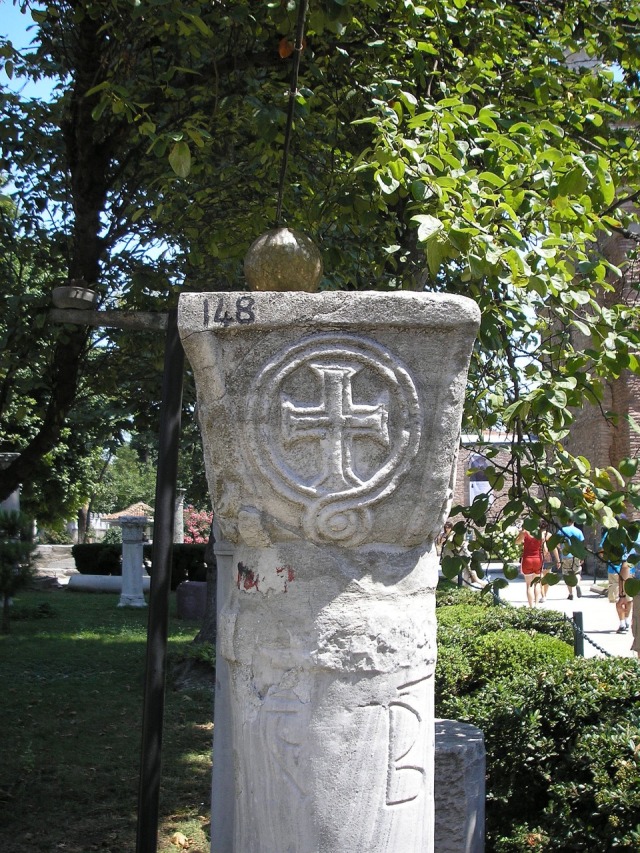

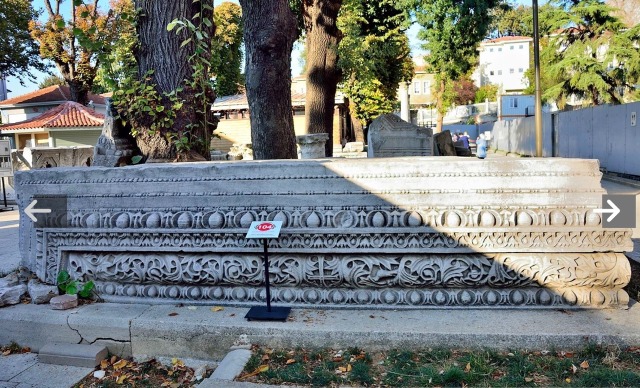

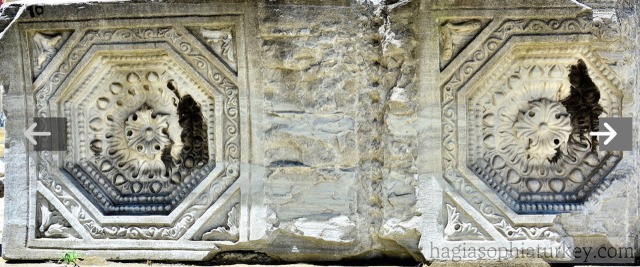

Theodosius II rebuilt the principal church of Constantinople in AD 415 after fires in 402 and 412 had destroyed the original structure founded by Constantine. The church was dedicated to Holy Wisdom—Hagia Sophia (Αγία Σοφία). Little is known about the church of Theodosius other than it was basilican in form, had a timber roof, and was preceded by a spacious atrium. The name of the architect, Rufinus, is preserved.
Some architectural remains of the monumental western façade were excavated in 1935. These richly decorated fragments were part of a porch consisting of an arcuated pediment carried by corinthian capitals and a coffered barrel vault. The lintel frieze depicts 12 lambs which symbolize the 12 apostles.
The Theodosian foundation was burned to the ground in AD 532 during the Nika Riots. Justinian I rebuilt the current church of Hagia Sophia on the same site in a record 5 years. The stark contrast in styles and building techniques between the two monuments indicates that the transition from early Christian to Byzantine architecture had been completed.

Drink your fill
Water tap at the Hagia Sophia, Turkey, 2010

Under restoration
Hagia Sophia, Istanbul, 2010

Where the monsters hide
Baptismal font, Hagia Sophia,Turkey, 2010

